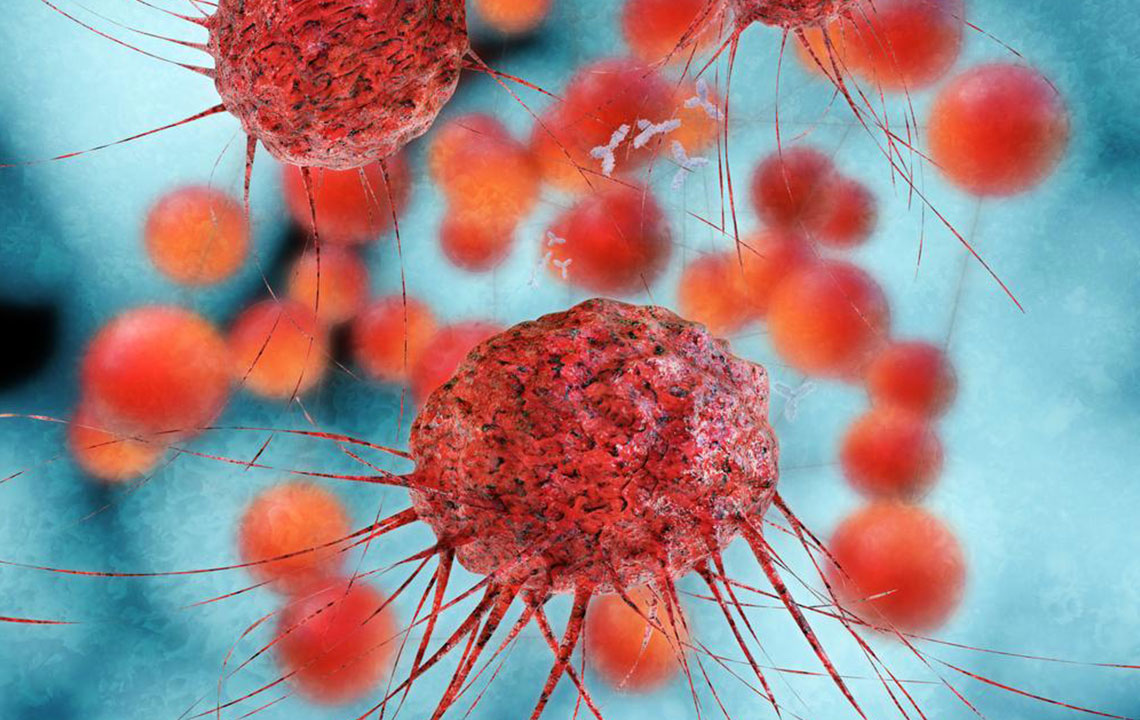Key Considerations for Managing Multiple Myeloma Treatment
This article offers an in-depth overview of critical questions related to managing multiple myeloma, including treatment options across different stages, symptoms, and how to recognize disease progression. It emphasizes the importance of consulting healthcare professionals for personalized care. Designed for patients and caregivers, it simplifies complex medical information into understandable insights, enabling informed decision-making for effective disease management.

Key Questions to Consider When Managing Multiple Myeloma Therapy
Multiple myeloma is a type of blood cancer originating in the bone marrow. It damages bones, leading to fractures, pain, and spinal issues. Many patients struggle to recognize early symptoms, risking complications and disease progression. Understanding various treatment options tailored to different disease stages is crucial. Consulting an oncologist helps determine the best approach based on individual health conditions and symptoms. Below are essential questions about symptoms, stages, and treatment strategies for multiple myeloma to guide informed decisions and effective management.
How is early-stage multiple myeloma managed?
Early-stage multiple myeloma has several treatment options, including:
Chemotherapy: Uses drugs to target and destroy cancer cells, though it may also impact healthy cells, causing side effects like fatigue, hair loss, and immune suppression.
Immunotherapy with antibodies: Enhances the immune system’s ability to fight cancer, generally with fewer side effects than chemotherapy.
Other treatments include HDAC inhibitors, which target specific proteins to eliminate malignant cells, applicable at any stage.
What are common symptoms of multiple myeloma?
Bone pain, especially in the spine, hips, and skull
Bone weakening leading to osteoporosis and plasmacytomas
Low blood cell counts causing anemia
High calcium levels resulting in thirst, frequent urination, dehydration, constipation, weakness, and kidney issues
How to identify if multiple myeloma has advanced to metastatic stage?
Spread of malignant cells from original site to lymph nodes
Rapid growth and dissemination to other body parts
Stage III (serum beta-2 microglobulin >5.5) often indicates relapse, with symptoms like severe weakness, infections, weight loss, muscle weakness, and nausea
What are treatment options for metastatic multiple myeloma?
Immunomodulatory drugs (IMiDs): Boost immune response and inhibit malignant cell growth, including medications like pomalyst.
Proteasome inhibitors: Block protein recycling in cancer cells, preventing growth and survival.
Steroids: Reduce inflammation, alleviate pain, and ease other symptoms associated with disease progression.










